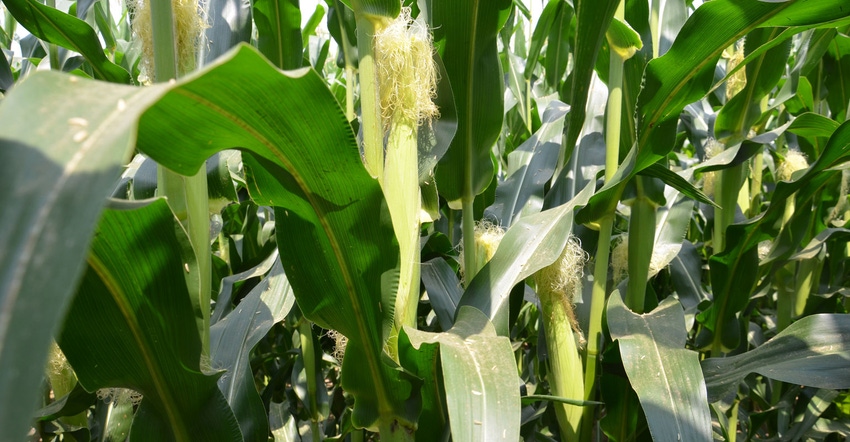
A dream of agronomists, plant breeders and corn growers for decades is to make corn more like soybeans. Could genetic engineering enable corn to use bacteria to pull nitrogen out of the air and turn it into a form usable by roots? In soybeans, rhizobia bacteria living in nodules on roots perform that task.
While that dream is still out there, Sam Wilson, director of agronomy, and his colleagues at Sound Agriculture have found another way to accomplish much the same goal: deliver more nitrogen to corn plants when they really need it. At the same time, Source, the product the company commercialized for 2020, helps deliver more phosphorus to corn roots when this macronutrient is also needed in great quantities.
The company is accomplishing these goals by activating a different family of bacteria within the soil: free-living, nitrogen-fixing bacteria. Like rhizobia that live in soybean nodules, these bacteria fix nitrogen from the air. Another type of bacteria is also activated by Source, Wilson says. These bacteria unlock supplies of phosphorus held in the soil, making it more available to corn roots when plants need it.
What trial results show
Before Source was released, it was tested in hundreds of trials across the country, including at the University of Illinois. In these trials, corn yields increased when the product was applied as a foliar product on V4 or larger corn.
“We’ve worked closely with Fred Below, an agronomist at the U of I, and he says what sets this product apart is that our results are consistent,” Wilson says.
Going into 2020, Source produced a yield response in about 85% of all trials to date. That translates into consistency — there is a high probability of seeing a response, and in most cases, a large enough response to produce a net return for using the product. The average yield response for all trials going into 2020 for corn was an increase of 8 to 10 bushels per acre.
“We believe we see consistency because we’re dealing with chemistry,” Wilson says. Many other products coming to market use biological ingredients, he explains. While many have merit and deliver yield benefits, Wilson notes, you don’t always see consistency of results in various situations with some of these products.
The goal
Numerous trials are underway in 2020, both at universities and in farmer fields, Wilson says. The company hopes to learn more about the potential for fixating more nitrogen and unlocking more phosphorus already in the soil.
“We know that on average, corn uses about 75% of all the nitrogen it needs and 50% of the phosphorus it requires from about VT, or tasseling, through grain fill,” Wilson says. “The goal is to help supply more of those needs from nutrients already in the soil.”
Suppose you grow 230 bushels of corn per acre. Wilson calculates that the crop will need about 256 pounds of nitrogen and 100 pounds of phosphorus to produce at that level.
“What we’re trying to do is fill the gap between what the grower applies in commercial fertilizer and what the plant needs, when it needs it,” Wilson says. “We can do that through increased fixation of nitrogen and by unlocking more phosphorus that is tied up in the soil.”
About the Author(s)
You May Also Like




